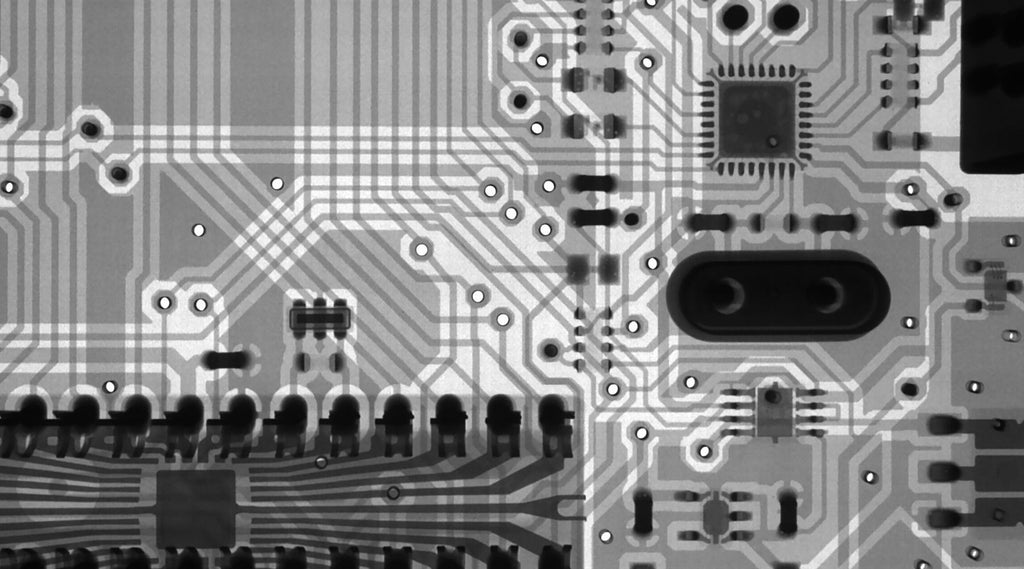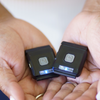Trends That Will Shape the Future of the Wearable Tech Industry

The wearable technology market size is expected to reach $57 billion by the end of 2022, with a compound annual growth rate of 16.2 percent. This makes wearable tech one of the fastest-growing industries within the technology sector. Growing advancements in hardware and software components along with increasing investments from tech giants looking to dominate the market is expected to drive the wearable tech market growth. While the most popular wearable gadgets have been fitness trackers and smartwatches that sync with your phone, the future of wearable tech is predicted to go far beyond that. As technology advances, these are some of the trends that will define the future of the wearable tech industry.
Integration with clothing
One thing that is clear about the wearables industry is that there's still a lot of inconveniences involved in wearing clunky wristwatches and headsets, which is why you don't see many people with them. This is where smart textiles come in; between sensor-clad smart garments and conductive fabrics, wearables will soon intertwine so closely with fashion that you won't be able to separate them.
Companies like Hexoskin and AiQ Clothing have already paved the way with biometric garments that can measure body vitals a lot more accurately than the smartwatches available today since they collect data from multiple parts of the body. Beyond health monitoring, smart clothing will also come in handy for physical improvement. For example, golfers can use the technology to monitor and improve their swing while professional basketball players can use it to evaluate their shooting form and make adjustments where necessary.
The rise of tattoo wearables
As technology advances, scientists are finding ways to make wearable devices smaller to increase convenience and encourage more people to wear them. Researchers from Carnegie Mellon University have created a durable, flexible electronic tattoo that is easy to manufacture and apply and can be used to track important information about people who wear it. The tattoo is made by using a liquid metal alloy such as graphene or gold nanorods to print ultrathin circuits that can conform to any shape and maintain functionality even when you bend, fold, or twist them.
An electronic tattoo is similar to temporary children tattoos — you hold it to your skin and then it sticks for a few days until you rub it off. However, while temporary children tattoos are simply decorative, medical tattoos can monitor vital information such as blood pressure, heart rate, blood sugar levels, and hydration. E-tattoos could eventually replace other wearable devices because they are more accurate and always in close contact with the skin. Thanks to the non-intrusive nature of e-tattoos, those who get them don't need to worry about nerve damage as is the case with normal tattoos.
Wearable tech for mental health
Mental health is a huge public health concern in the US, with 20 percent of adults experiencing mental illness every year. Thankfully, there are various wearable devices that are designed to help people combat mental health issues. For example, scientists have found a way to convert EMDR tappers into wearable devices that can help alleviate symptoms of stress and anxiety. EMDR tapping is not a new concept; several studies have shown that bilateral stimulation devices can help treat stress disorders. What the scientists are doing is adding a wireless portable component and improving stimulation to make wearable devices that can deliver the same results as EMDR equipment. The devices use tactile bilateral stimulation or tapping as it's commonly referred to as to deliver stimulating vibrations that can help diffuse stress.
The future of the wearable tech industry is looking brighter every day. With technology advancing and wearable capabilities expanding, big players in the wearable tech industry must act quickly and capture what they can of this rapidly growing segment.
*This blog post was written by Lucy Wyndam.




